While renovating his wine cellar, Andreas Pernerstorfer made an astonishing discovery—bones of ancient mammoths from the Stone Age. Recalling the moment he realized the significance of the find, Pernerstorfer told BBC, "I thought it was just a piece of wood left by my grandfather. But then I dug it out a bit and remembered that in the past my grandfather said he had found teeth. And then I immediately thought it was a mammoth."
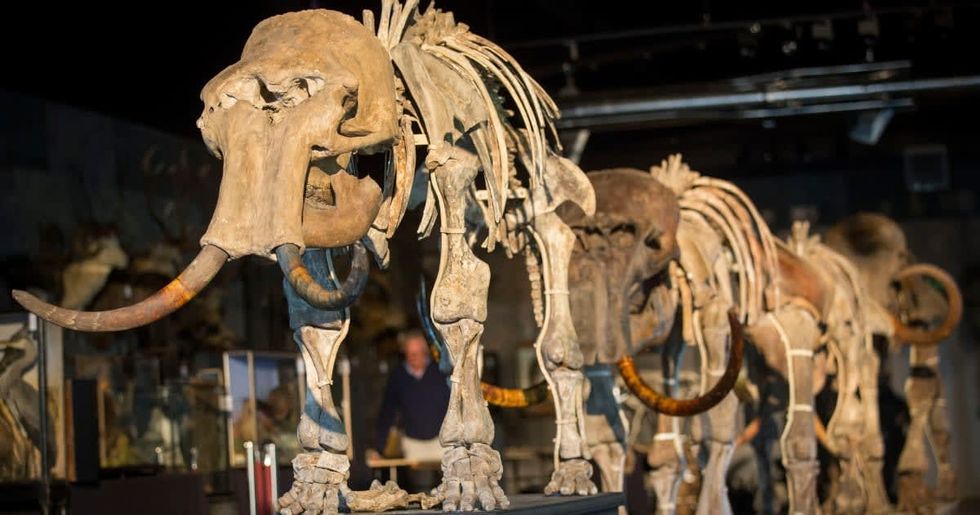
The discovery took place in the small village of Gobelsburg, northeastern Austria. After spotting the ancient fossils, Pernerstorfer reported them to the Federal Monuments Office, per CNN. However, he was advised to contact the Austrian Archaeological Institute (OeAI) of the Austrian Academy of Sciences (ÖeAW) because they specialize in Stone Age artifacts, according to Parow-Souchon, a researcher at the academy.
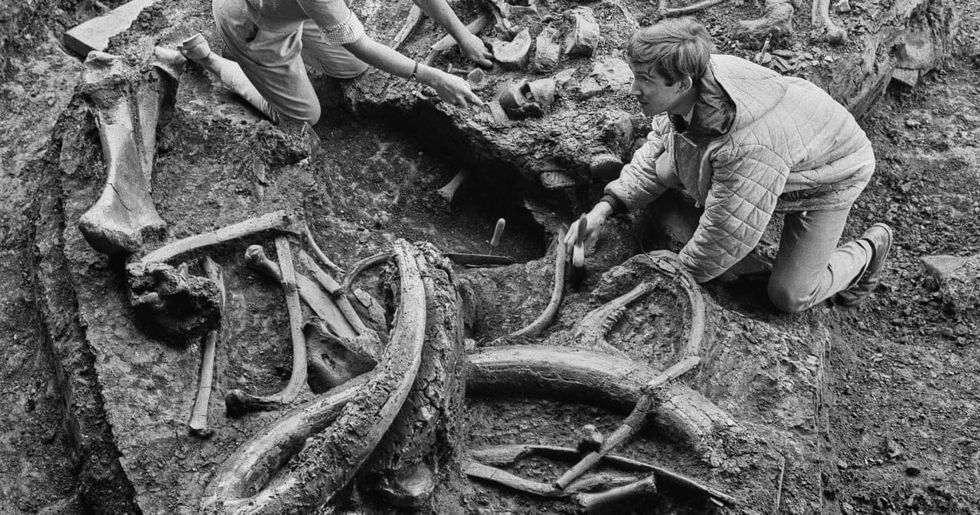
Upon learning about the find, Parow-Souchon and her team arrived at the cellar to excavate and investigate. They uncovered "at least 300 bones" densely packed in a site measuring 12 square meters (129 square feet). The archaeologists believe these bones belong to three separate mammoths and have uncovered nearly all their bones. "We think we have mostly the complete animals. They’re not in anatomical connection, but we probably do have all parts," said Souchon. The rare discovery was called an "archaeological sensation."
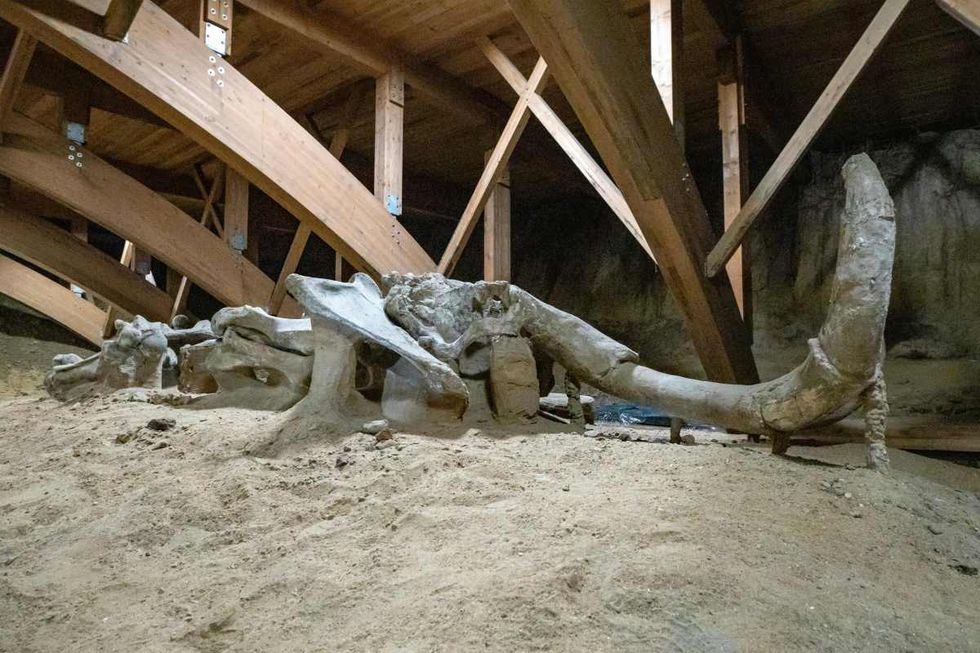
The first excavation report revealed that the bones are as old as 30,000 to 40,000 years, making it the most significant find in over a century. According to the Austrian Archaeological Institute, a similar find occurred 150 years ago in the neighboring district of Krems. Back then, archaeologists discovered a rich trove of remnants that included bones, flint artifacts, decorative fossils, and traces of charcoal.
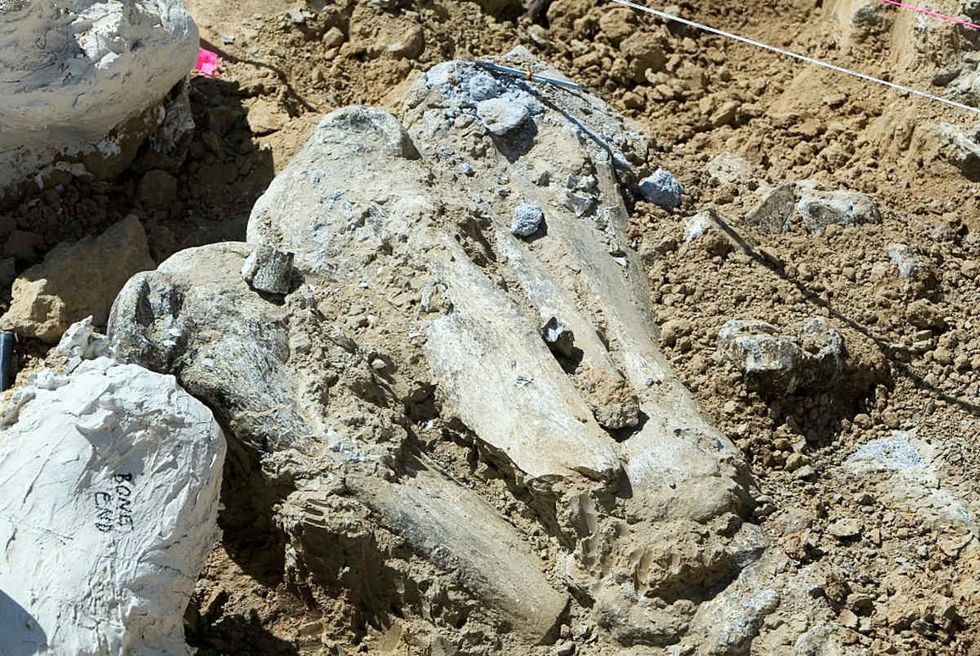
The previous finding has largely been lost to modern technology, making this the first time modern methods were used to do the research. "It's the first time we've been able to investigate something like this in Austria using modern methods," said Parow-Souchon. The ÖeAW team has left no stone unturned to properly excavate the site as they have been using 3D mapping technology to record the site.
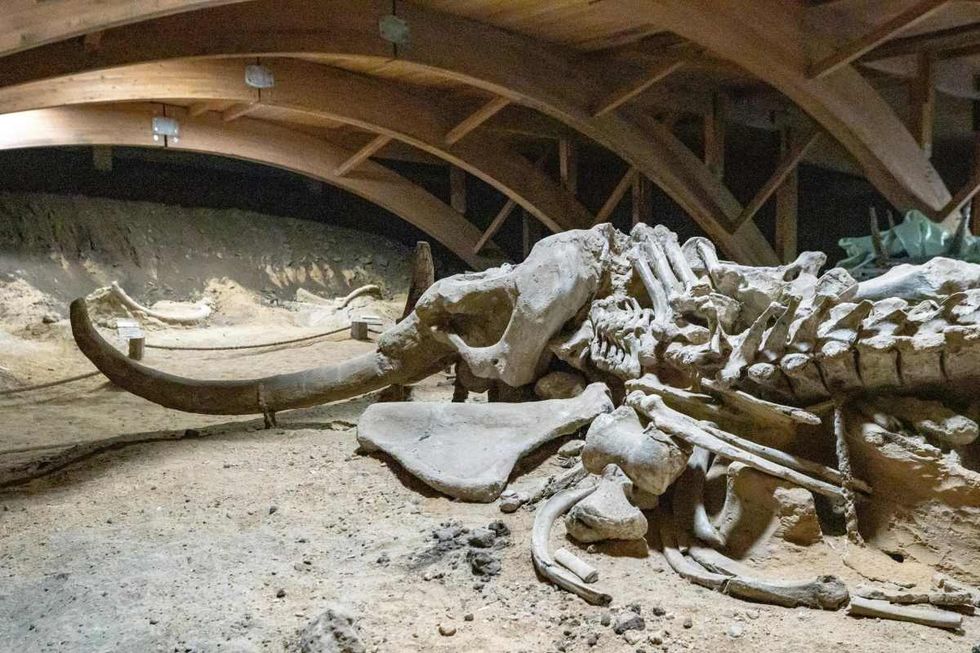
The research team hopes the discovery will reveal how the animals died. If they're correct about the cause of death, it will shed light on how human hunters managed to hunt such large prey. However, scientists are still debating how these mammoth bones made their way to this spot with one solid theory suggesting that the site could be where people set a trap for them. The mystery surrounding them is yet to be uncovered. Parow-Souchon described the dense bone layer of mammoths as "rare." She added, "We know that humans hunted mammoths, but we still know very little about how they did it."
Researchers are currently examining the findings from the site. The excavating team is expected to return to the site in August to continue the digging. After the researchers complete examining the bones, they will be handed over to the Natural History Museum Vienna.


















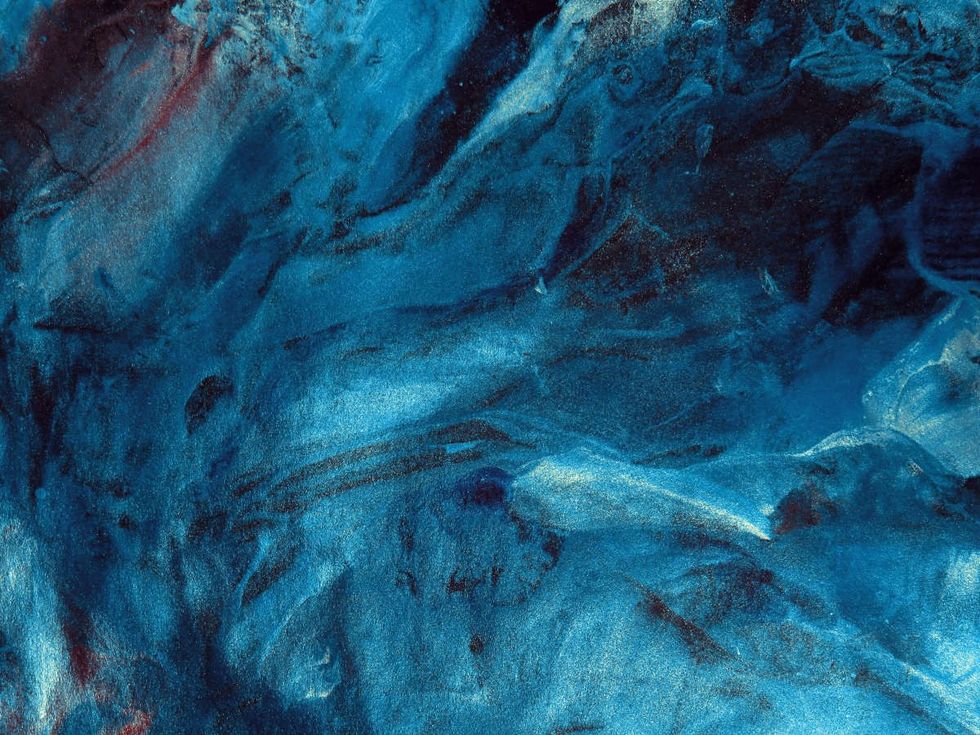 Representative Image Source: Pexels | Anni Roenkae
Representative Image Source: Pexels | Anni Roenkae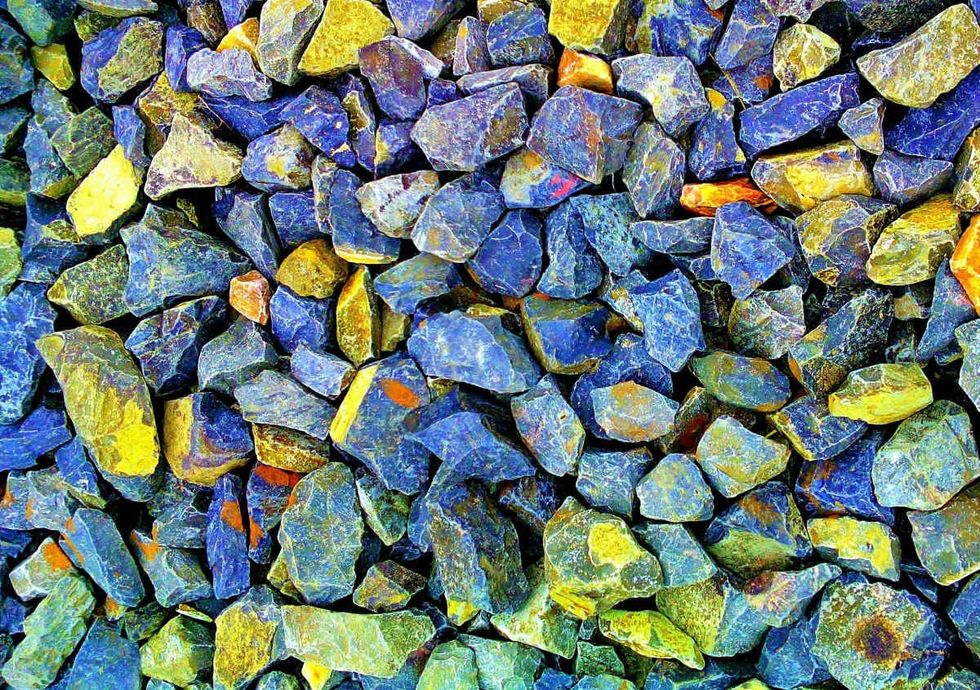 Representative Image Source: Pexels | Its MSVR
Representative Image Source: Pexels | Its MSVR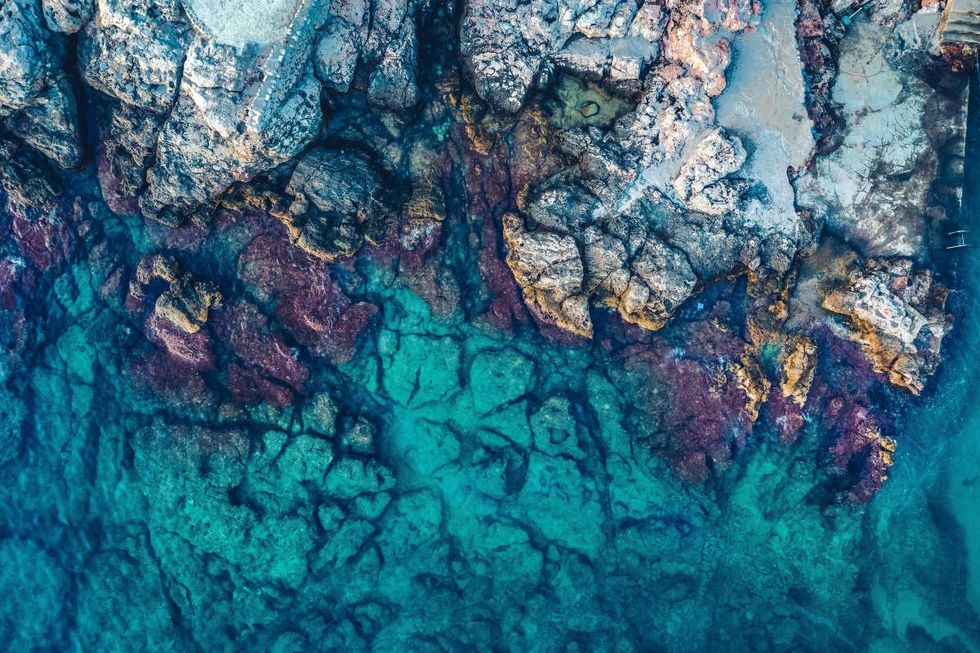 Representative Image Source: Pexels | Lucian Photography
Representative Image Source: Pexels | Lucian Photography

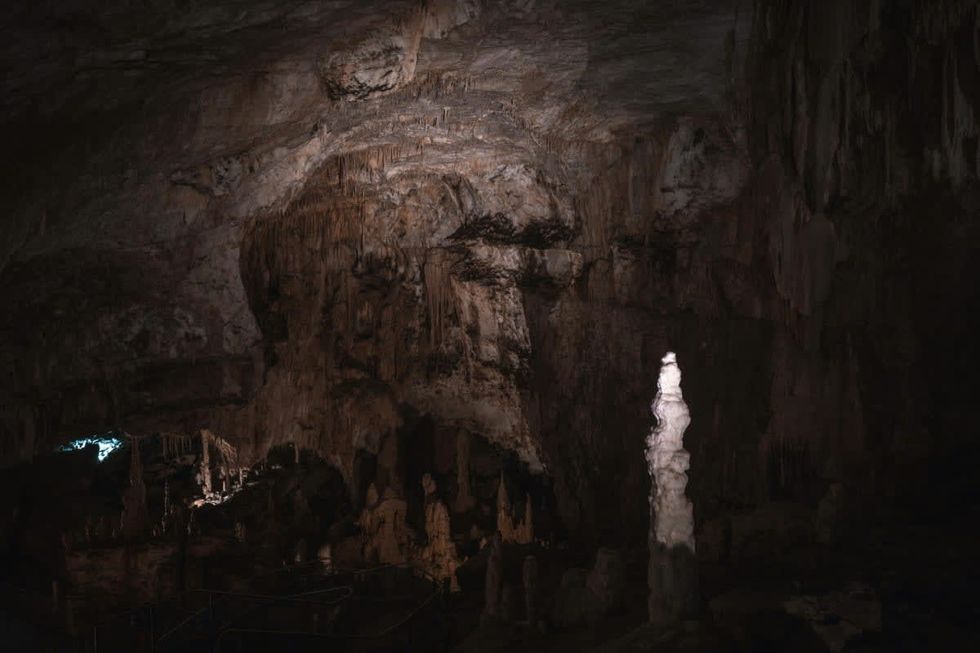 Representative Image Source: Pexels | francesco ungaro
Representative Image Source: Pexels | francesco ungaro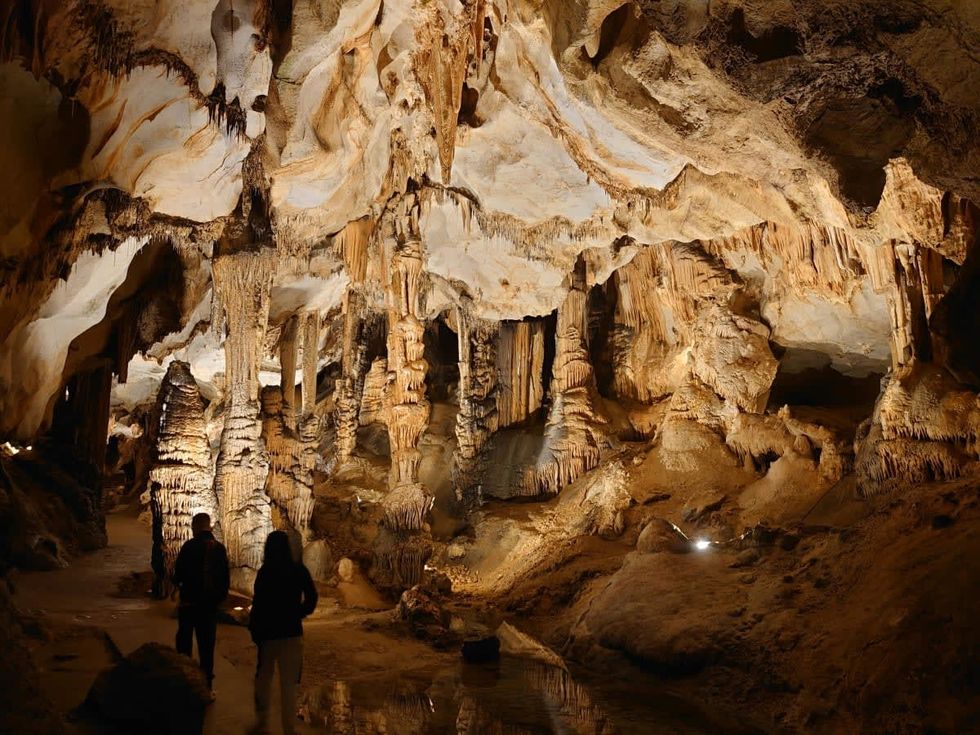 Representative Image Source: Pexels | parfait fongang
Representative Image Source: Pexels | parfait fongang Image Source: YouTube |
Image Source: YouTube |  Image Source: YouTube |
Image Source: YouTube |  Image Source: YouTube |
Image Source: YouTube | 
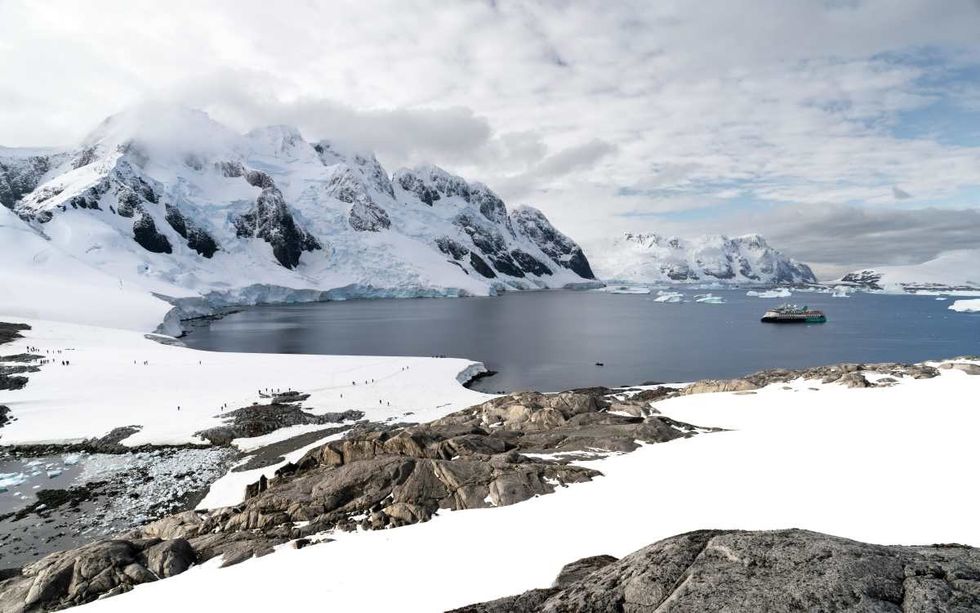 Representative Image Source: Pexels | Hugo Sykes
Representative Image Source: Pexels | Hugo Sykes Representative Image Source: Sectional view of the Earth, showing central fire and underground canals linked to oceans, 1665. From Mundus Subterraneous by Athanasius Kircher. (Photo by Oxford Science Archive/Print Collector/Getty Images)
Representative Image Source: Sectional view of the Earth, showing central fire and underground canals linked to oceans, 1665. From Mundus Subterraneous by Athanasius Kircher. (Photo by Oxford Science Archive/Print Collector/Getty Images) Representative Image Source: Pexels | NASA
Representative Image Source: Pexels | NASA




 Representative Image Source: Pexels | Steve Johnson
Representative Image Source: Pexels | Steve Johnson Representative Image Source: Pexels | RDNE Stock Project
Representative Image Source: Pexels | RDNE Stock Project Representative Image Source: Pexels | Mali Maeder
Representative Image Source: Pexels | Mali Maeder
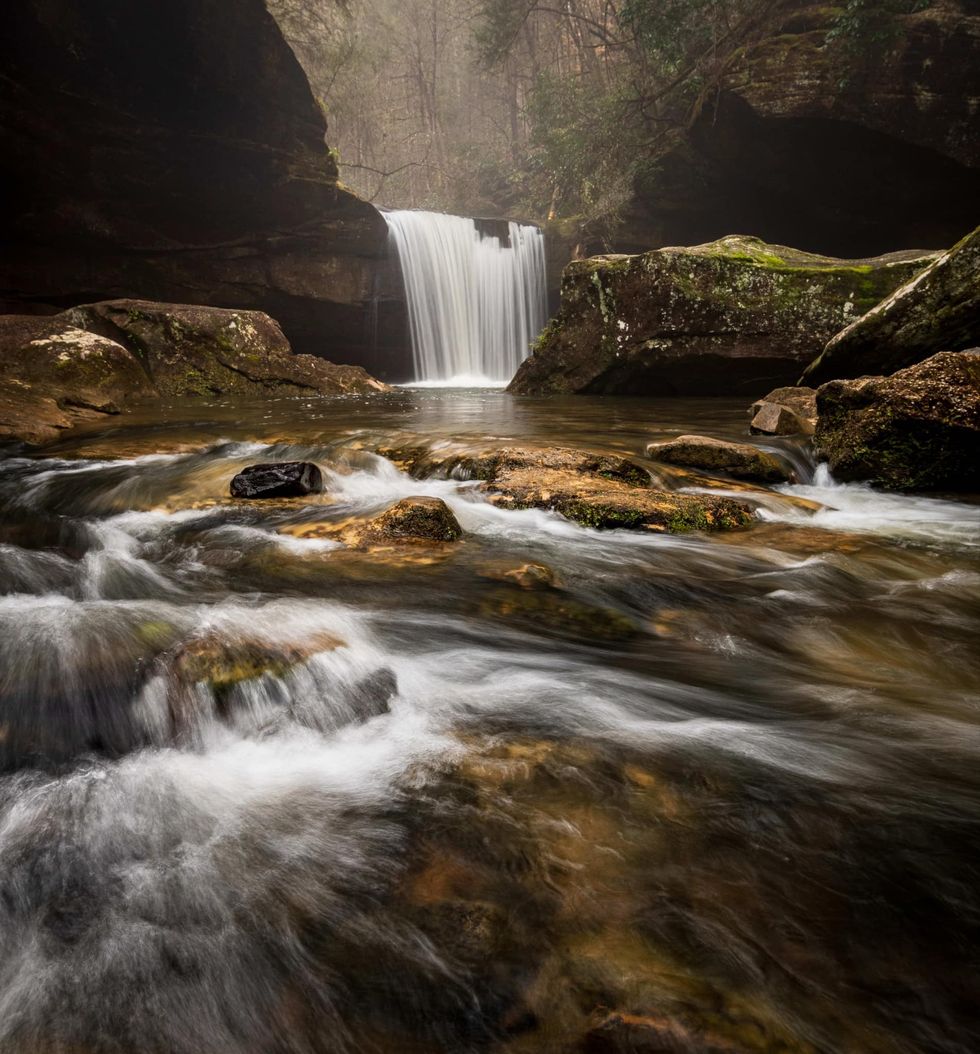 Photo: Craig Mack
Photo: Craig Mack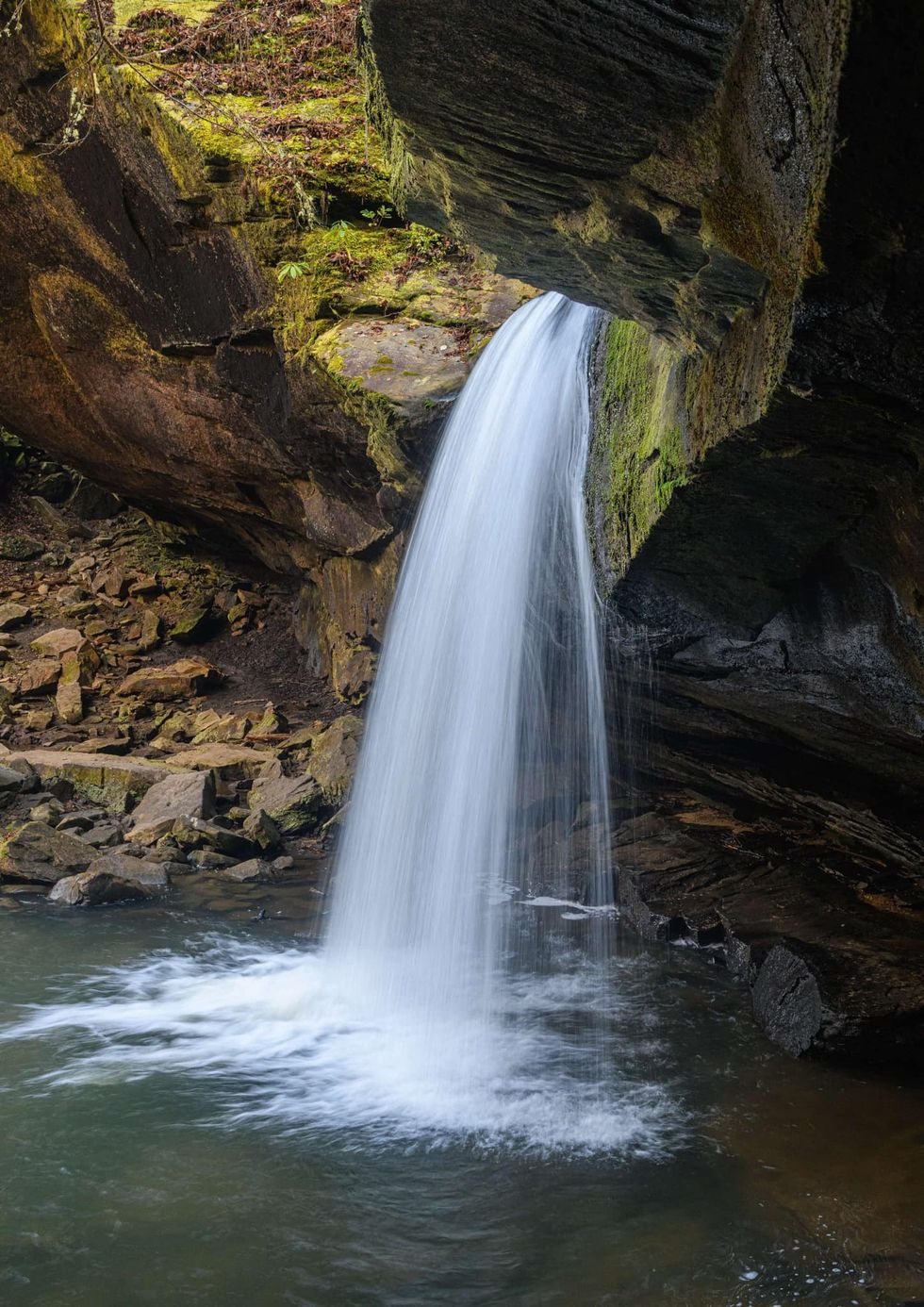 Photo: Craig Mack
Photo: Craig Mack